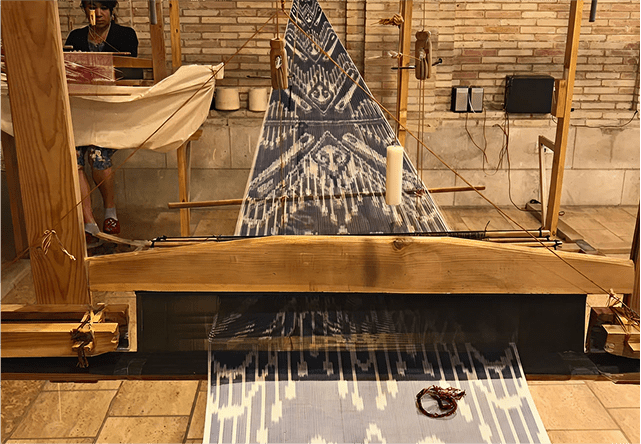Types of Handloom
Woven by artisans | Rooted in culture | Styled for today Supporting Weavers | Indian handlooms | Everyday elegance Conscious Fashion

India’s Signature Handlooms
India’s handloom tradition is one of the oldest and richest in the world—a living expression of art, identity, and sustainability. Across the subcontinent, each region has cultivated its own distinctive weaving style, shaped by local materials, beliefs, and climate. These handcrafted textiles are more than mere fabrics; they are expressions of heritage passed down through generations, preserving not just beauty but livelihood and dignity. At Navira, we celebrate these diverse looms not just as products, but as stories you can wear—woven with intention, rooted in culture, and tailored for a conscious future.
Types of Handloom India










About Us
Collections
Newsletter
Sign up to get the latest on new Products, Promotions, Design news and more
